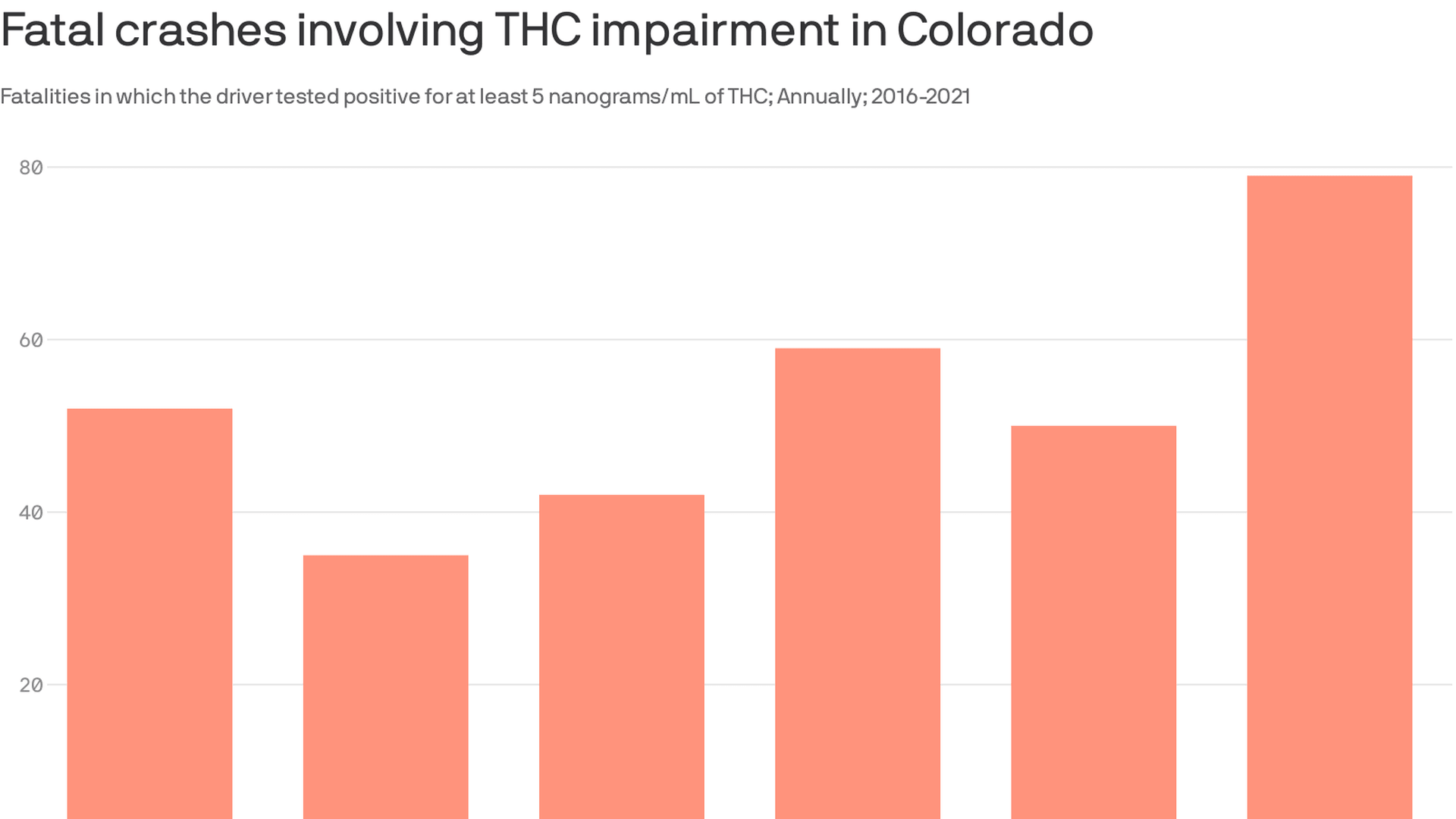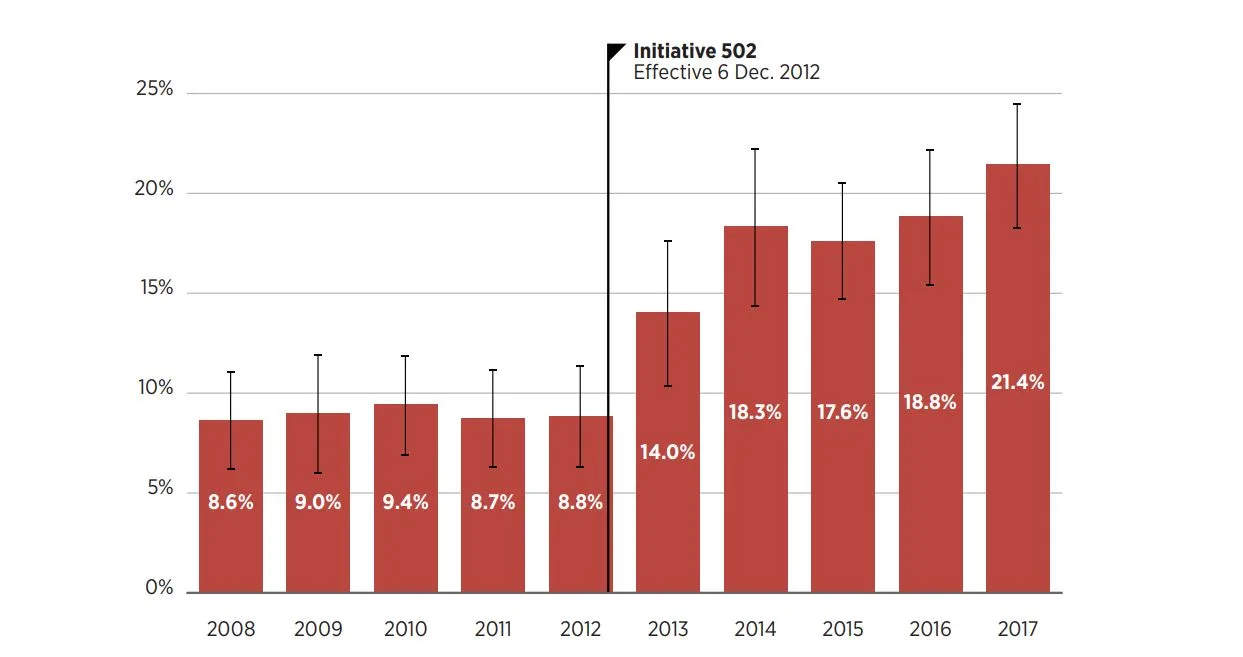Recent data reveals a startling statistic: nearly half of all drivers killed in vehicle crashes had significant levels of THC in their system, raising alarms about the persistence of cannabis-impaired driving.

October 6, 2025

Source:
NBC News
High THC Levels in Fatal Crashes
An alarming new report indicates that nearly half of all drivers killed in vehicular accidents had levels of THC—the primary psychoactive compound in cannabis—in their bloodstreams. This data highlights a persistent and dangerous trend on American roads.
The findings show that in over 40% of these fatal incidents, the deceased drivers had THC concentrations far exceeding legally defined limits, suggesting recent and significant cannabis consumption before getting behind the wheel.
Demographics and Key Data
High Prevalence: The rate of THC-positive drivers in deadly crashes has not seen a decline, even in states with legalized cannabis.
Youth at Risk: A report from the Washington Traffic Safety Commission found that nearly one-third of THC-positive drivers in fatal crashes were between the ages of 16 and 25.
This data underscores a critical gap between cannabis legalization and public understanding of its impact on road safety.
Keep up with the story. Subscribe to the PR+ free daily newsletter

Source:
Axios
Legalization's Impact on Driver Behavior
Contrary to some expectations, the legalization of recreational marijuana has not correlated with a decrease in cannabis-impaired driving. Experts suggest this indicates that policy changes alone are insufficient to alter deep-seated behavioral patterns.
The core of the issue appears to be a widespread lack of public awareness regarding the real dangers of driving under the influence of marijuana. "There's a common misconception that driving high is safer than driving drunk," one safety expert noted. "The data on fatal crashes proves that is simply not true."
A Gap in Public Knowledge
Many drivers are unaware of how significantly cannabis can impair critical driving functions. Key impairments noted by the Centers for Disease Control and Prevention (CDC) include:
Slower reaction times
Reduced coordination
Distorted perception of time and distance
This knowledge gap is a primary target for future public safety campaigns.
Read More

Source:
AAA Foundation for Traffic Safety
Share this news:




















